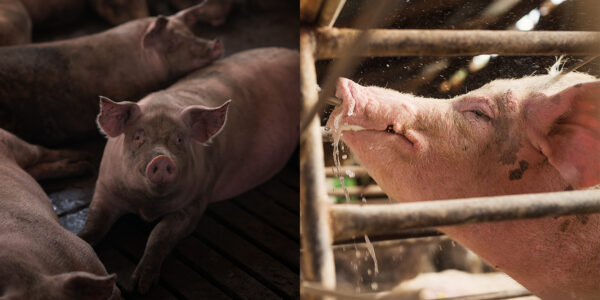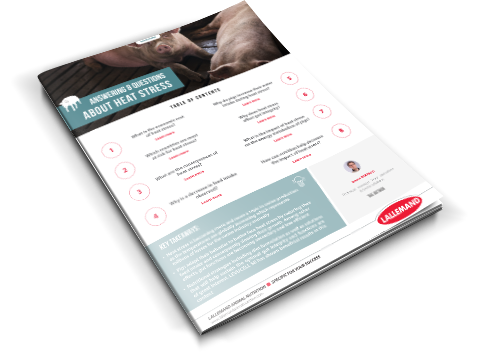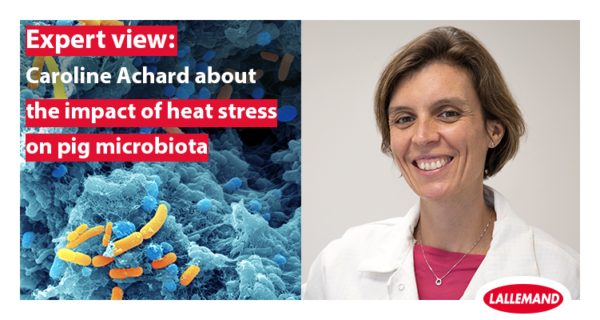Blog | Reading Time 4 minutes
Expert interview: Focus on sow welfare and nesting behavior
3 questions to Claudio OLIVIERO, Adjunct Professor of Diseases, Reproduction and Herd Health in Pigs, University of Helsinki, Finland.
During the past 25 years, a big change in swine production has been increased sow prolificity. Thinking about the future, will we continue to increase the litter size or are we going to concentrate on other factors?
This is a very hot topic at the moment! Maybe not in all countries, but for sure in Finland, it has been an issue for the past seven to eight years. We have seen many troubles since the introduction of hyperprolific sows. Of course, there are some benefits but also a lot of problems. I think genetic selection has gone quite far in terms of litter size, and I don’t believe we need to work more on this. We should work more on criteria such as piglet quality and vitality. The sows can give birth to more piglets, but colostrum production hasn’t improved accordingly, and I think it is not easy to select for such traits. Now, we have a lot of piglets but not enough colostrum for them, and colostrum is fundamental. My personal opinion is that we should definitively not focus on increasing litter size anymore but instead focus on piglet quality, colostrum production, and maternal behavior.
Talking about the nest-building behavior, and thinking about large or integrated farms in some regions of the world, do you think we will see more regulations? Will there be implications on farm building designs?
We will definitely see some changes. Looking ahead 10 years from now, I am quite sure things will be different. Not only are there studies showing the environment is not suitable for sows, but there is also some pressure from consumers. The public is increasingly aware of animal production conditions and animal welfare. How things will change is not yet clear, but I think producers will not be allowed to keep sows locked in crates in the farrowing room. We will have to allow more room, and we know there will definitely be issues with space. If you want to allow free farrowing, you need to allow enough space. At the moment, not all producers are able to do this. We have experienced this in certain countries such as Sweden or Switzerland, where there has been free farrowing for many years. Experience in those countries showed that, if you do not allow enough space, then you create more problems than in crates in terms of crushed piglets.
Thinking about the present, what management measures can farmers take today to improve sow welfare and nesting behavior?
Looking at production conditions today, what we can do is limited by the restricted space available, so I would not suggest just opening the crates in limited spaces (< 6 m2). What can be done to improve the nest-building behavior, for example, is to provide the sows some nest building material just one to two days before expected farrowing. We have seen good results on farms doing this. It is not always easy with biosecurity measures or with slatted floors to introduce some material. However, it will stimulate the nest-building behavior if you have a good source of roughage — such as hay, straw, or even chopped paper — and give a sufficient amount for the sow to manipulate it, eat and play with it. Some farmers tried providing other materials such as jute sacks, attached inside the crate so the sow does not lose it away from the crate, and can play with it. Then, they take it to the nest to attract piglets after farrowing, and this has worked well. This requires a bit of organization, but it can be easily applied in farms and gives positive results to encourage natural sow behavior. It is important to promote this natural behavior both for the sow and piglet health because it increases colostrum production, piglet vitality, shortens the duration of farrowing, or reduces the stillbirth rate.
On June, 24th, a MEET THE EXPERT webinar was organized by Lallemand Forward with Claudio OLIVIERO, titled “Hyperprolific sow: farrowing process, piglet vitality and immunity”.
Published Sep 15, 2020
Related articles
Need specific information?
Talk to an expert


